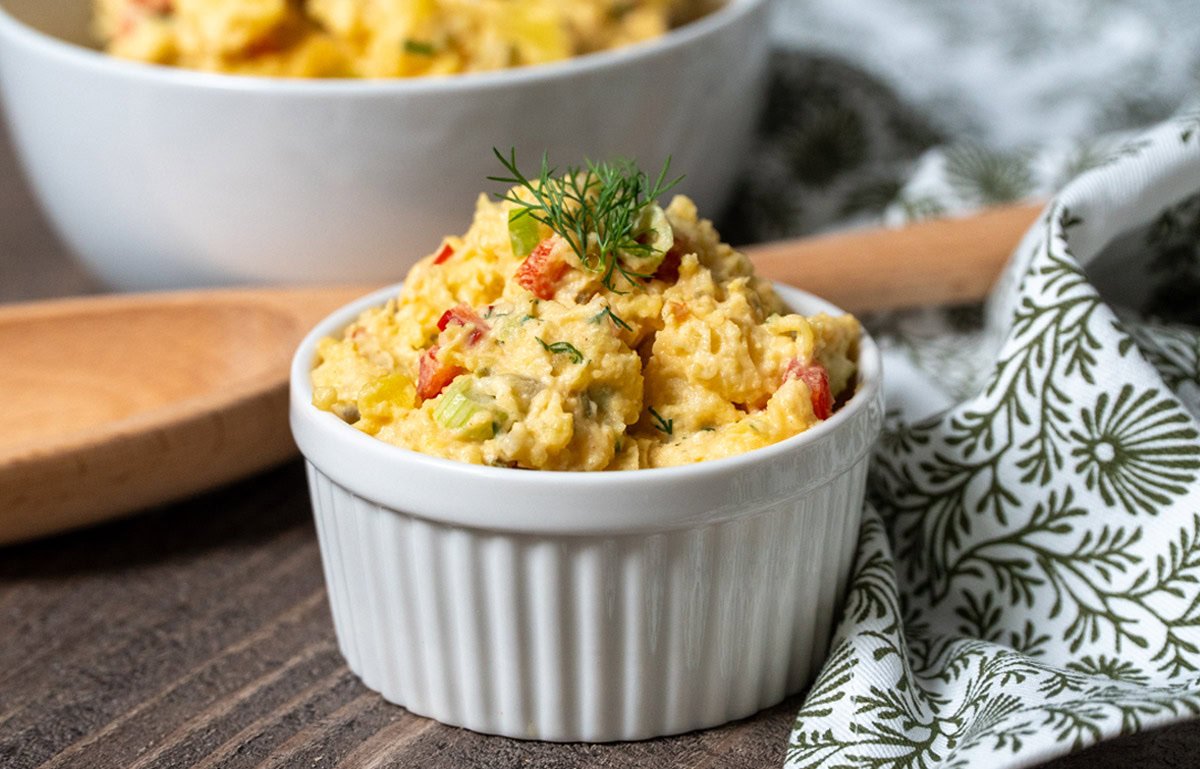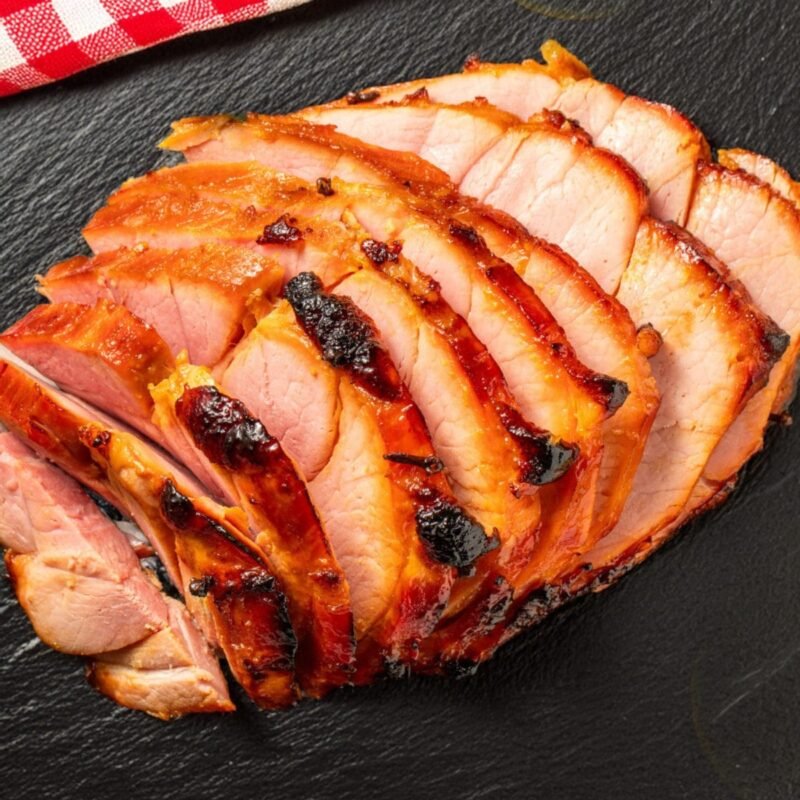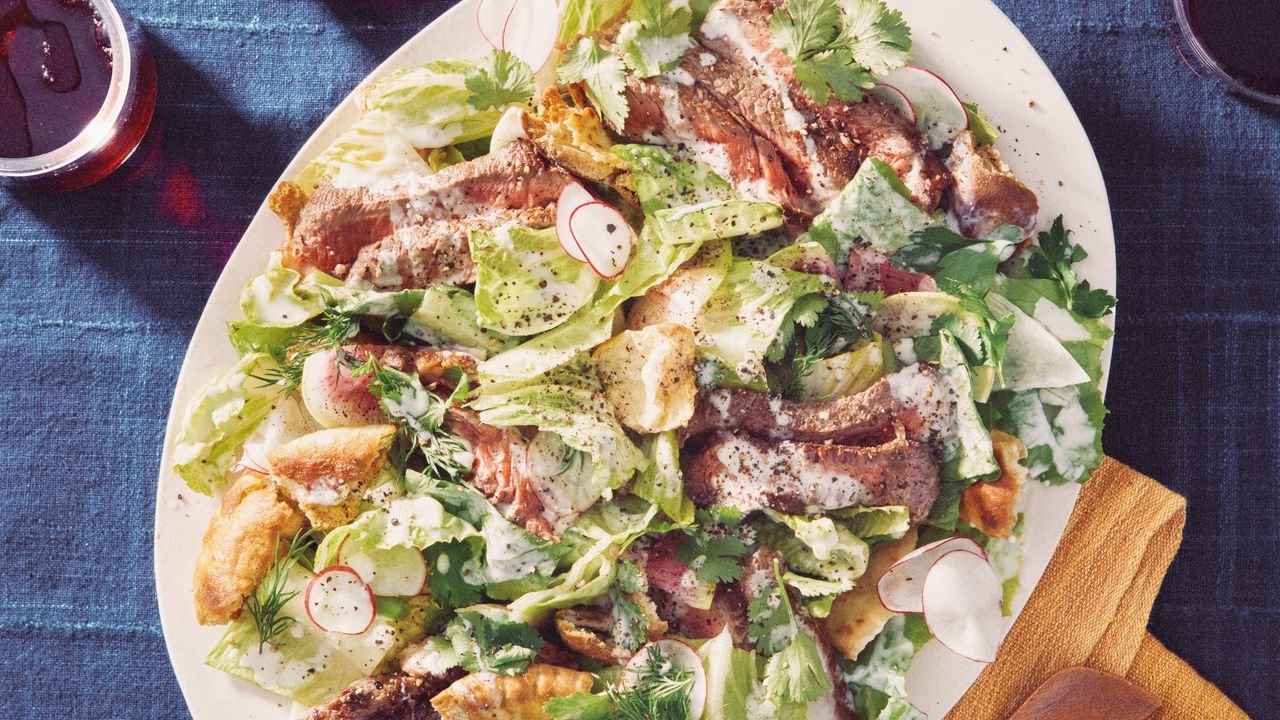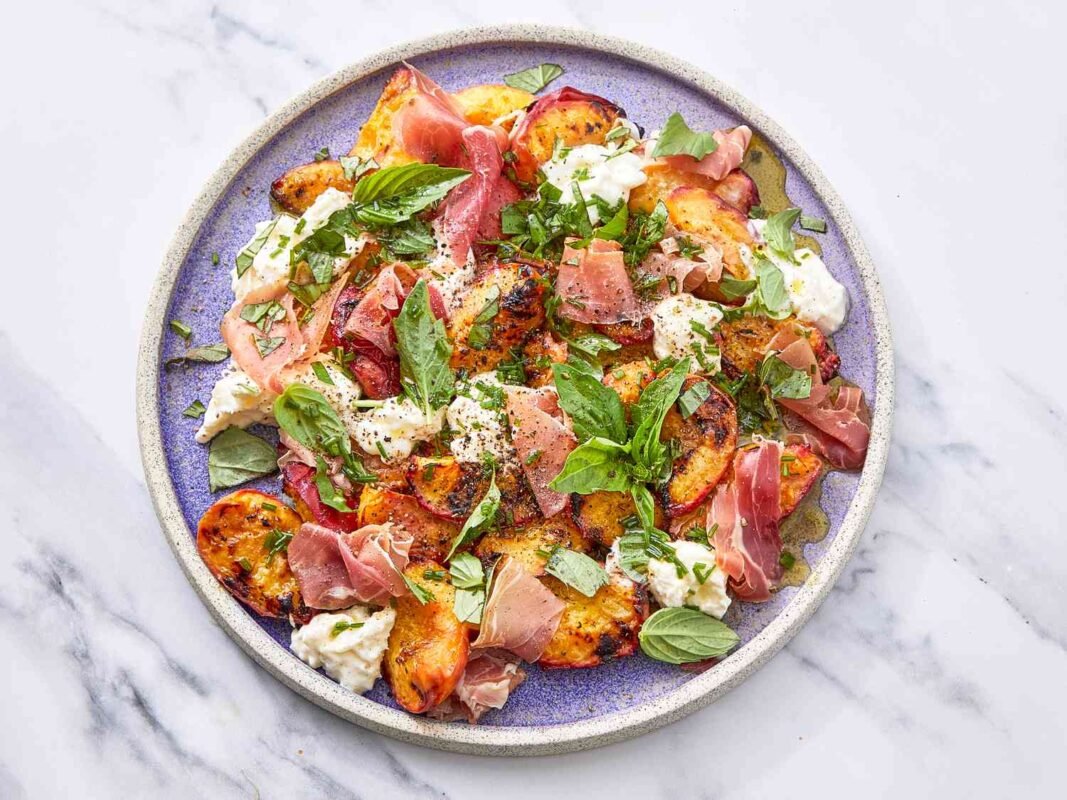Events
Smoked Tomahawk Steak: Foolproof Reverse Sear Method
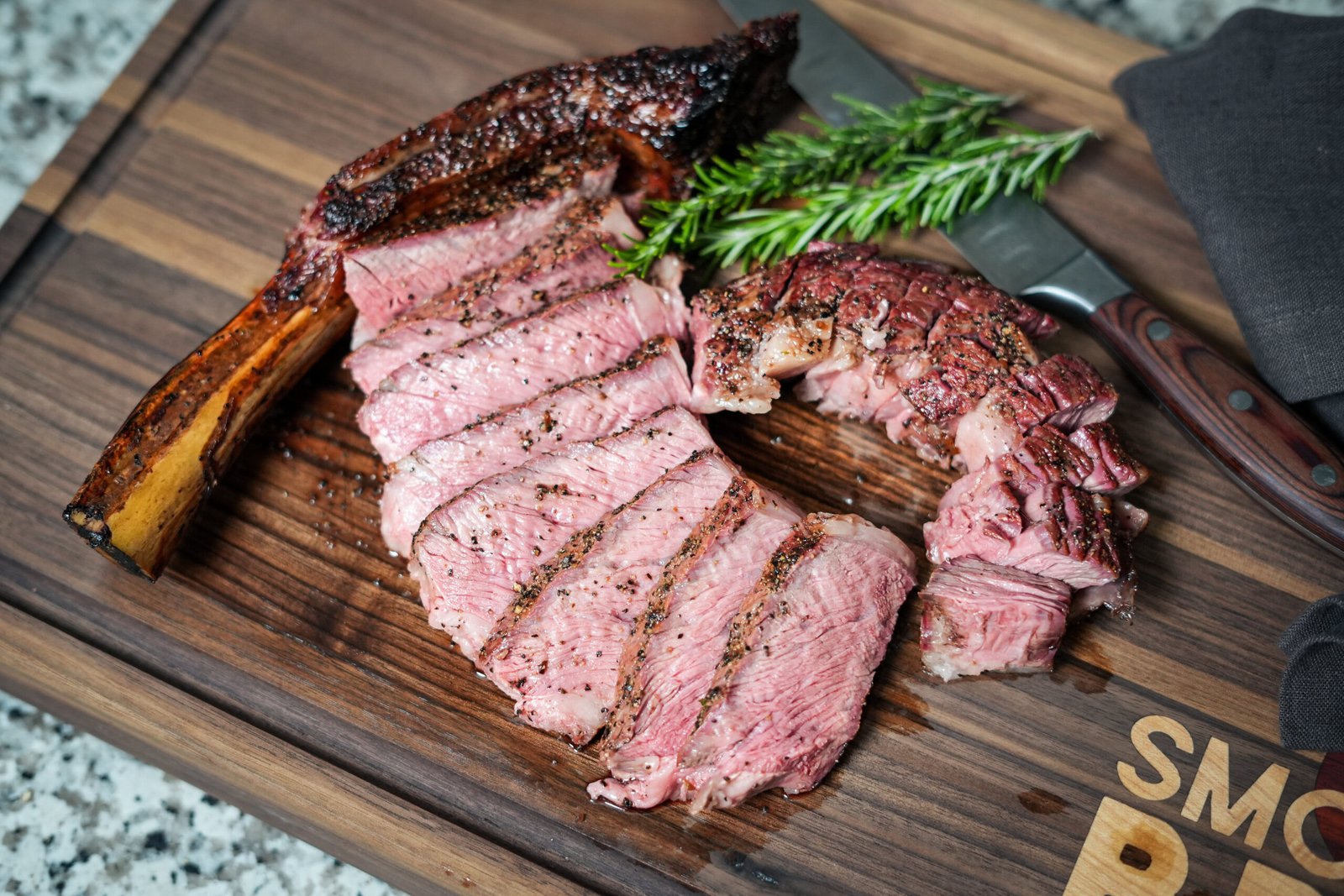
A Tomahawk ribeye is a steakhouse showstopper, massive, dramatic, and often priced over $400. But you don’t need a white tablecloth to get that same flavor at home.
I’ve cooked more of these than I can count, and smoking is hands-down the best way to build flavor. But you’ve got to finish it with a high-heat sear to nail that perfect crust. I’ll show you how to tie, smoke, temp, and sear a tomahawk steak for edge-to-edge perfection.
Serve with our smoked loaded baked potatoes for a steakhouse feast at home.
Why You’ll Love This Smoked Tomahawk Recipe
A Tomahawk steak can be intimidating to cook, but you don’t need to be a grill master to pull this off. Whether it’s your first tomahawk or your fiftieth, this foolproof method takes the guesswork out.
- Foolproof reverse sear technique – Smoke low and slow to build flavor and bring the steak up to temp gently, then sear hot for the perfect crust. This method prevents overcooked edges and delivers consistent, edge-to-edge pink every time.
- Edge-to-edge doneness – No guesswork. Using a meat probe ensures wall-to-wall medium-rare every time.
- Crowd-stopper presentation – That long bone and juicy sliced center bring serious wow factor to your table or feed.
This recipe covers all the steps, but we have a more detailed explanation of why the reverse sear method works.

What you’ll need
- Tomahawk ribeye steak – Go for a 2½ to 3 lb steak, 2–2½ inches thick. Look for good marbling and a bright red color.
- Steak seasoning – Use your favorite, but season generously. I like a base of steak rub, then coarse salt and pepper.
- Smoker or pellet grill – Any setup that can hold 250°F and hit 450°F+ for the sear. I used my Traeger Ironwood XL.
- Butcher’s twine – Tying the steak with butcher’s twine before cooking will ensure the meat stays together and cooks more evenly.
- Meat thermometer – Essential for hitting perfect doneness. I use the MEATER Pro for cooks like this to monitor temperature straight from my phone.
Smoked Tomahawk Steak Temperature Guide
- Rare: Smoke until 110°F, then sear to 123°F
- Medium-Rare: Smoke until 115°F, then sear to 128°F.
- Medium: Smoke until 125°F, then sear to 135°F.
- Medium-Well: Smoke until 135°F, then sear to 145°F.
- Well-Done: Smoke to 140°F, then sear to 150°F (Please don’t do this)
Are Tomahawks steaks a rip-off?
A common complaint is that tomahawks are overpriced because you’re paying for a big bone you can’t eat.
It’s true that the bone adds weight without adding meat. A tomahawk is essentially a thick-cut bone-in ribeye, one of the most flavorful and tender cuts you can buy
But here’s the flip side. At a steakhouse, you’ll pay $300 to $400 for a tomahawk dinner, and that’s often for average-grade beef.
By cooking it yourself, you’re not just saving money, you’re upgrading the steak. For under $200, you can order a premium American Wagyu tomahawk from Snake River Farms, cook it exactly how you like it, and serve a steak that blows most restaurant versions out of the water. A similarly sized cut from HEB will cost you a fraction of that.
I’ll typically cook a Tomahawk steak when I want a showstopping piece of beef, but don’t have enough guests to justify smoking a whole prime rib.
Plus, who doesn’t love a steak with a built-in handle? It’s fun to cook!
How to make a smoked Tomahawk steak
1. Prep your steak
Start by grabbing some butcher’s twine and wrapping it around the meat and bone a few times to keep everything snug and secure. You don’t need fancy knots, just make sure it holds.
Remember, if you can’t tie a knot, tie a lot.
Tying the steak helps keep the meat tight against the bone and promotes even cooking, especially when flipping it over high heat.
It’s a small step that prevents the dreaded “flippity floppity” and ensures your tomahawk cooks evenly from edge to edge.

You want to cut about 18” of twine and wrap it around the steak twice, with a section of twine on both sides of the bone. Once you have it wrapped tight, tie a knot and use a pair of scissors to cut off any excess twine.

2. Season
Season the steak generously with SPG seasoning. This is a big steak, and you want to ensure plenty of flavor, so don’t be shy!
You can make a homemade SPG blend with equal parts ground pepper, salt, and garlic powder, or use your favorite steak seasoning.
My go-to combo is a base layer of Uncle Chris’ Steak Seasoning with a layer of freshly ground coarse pepper and salt on top. Uncle Chris has a touch of MSG that really brings an amazing flavor to the steak, and the coarse salt and pepper will seal it inside and give it a beautiful crust.
Should you add the pepper before or after cooking?
This is one of those decisions that comes down to personal preference. Some people find the taste of black pepper cooked over high heat extremely bitter and prefer to add pepper once the steak is cooked.
Because most of the cooking will be done at lower temperatures, I find that adding the pepper now works best.

Once your steak is seasoned, you can leave it out at room temperature while you fire up the smoker.
2. Smoke your steak
You can use any smoker or pellet grill that can maintain a steady temperature of 250°F. You can either crank the temperature up at the end, or do the final sear on a different grill, or even inside in a cast iron pan will work.
For this cook, I used my Traeger Ironwood XL. It’s a great pellet grill that gives food amazing smoke flavor at low temperatures. It can also reach a maximum temperature of 500°F to give your steak the perfect sear.
I used Bear Mountain Gourmet Blend smoking pellets. Steak can handle just about any smoking wood, including stronger woods like hickory and oak, and fruit wood like peach and pecan.
For the first part of the cooking process, start by preheating your smoker or pellet grill to 250°F. This will allow your steak to cook slowly and give it a beautiful smoky flavor.
Use a leave-in probe like the Meater, and position it into the thickest part of the steak, away from the bone, to get the most accurate internal reading.

Monitoring temperature from the start is key to avoiding overcooking, especially with a thick, premium cut like a tomahawk. You’ll want to smoke it until the internal temp hits 115°F for rare to medium-rare, leaving room for the final sear to bring it up to your target doneness.
You can insert the MEATER into your steak at the start of the cooking process and it will monitor the temperature of the meat throughout the entire cook to ensure you don’t over or undercook your steak.
Since there are no wires, you can move straight into the sear at the end without getting tangled.
I use the MEATER app to set the desired temperature to 120°F to start because that is the point at which I will reverse-sear my steak. The MEATER will notify you when you are at 115°F, and you’ll know it’s time to sear.

Once your smoker is preheated, just place the steak on the grates and let it do its thing.
The first part of the cooking process should take about one hour, but this can depend on the size of your steak, so always go by temperature and not time.
3. Reverse sear your steak
When your Tomahawk reaches an internal temperature of 115°F, remove it from the grill and set it on the side to rest. You may notice that the steak continues to cook during this time by a few degrees, but don’t worry it won’t affect the cook.

Raise the temperature of your smoker to 500°F (or the maximum temperature your grill will reach as long as it’s at least 400°F).
When your smoker reaches 500°F, place the steak back on the grates and let it sear.
You want to sear the first side for about 5 minutes, then open it up and flip it over. Let it continue to sear on the other side until the internal temperature reaches 128°F, which can take anywhere from 5 to 10 minutes.

Once your steak has reached an internal temperature of 128°F, you can remove it from the smoker and let it rest. The steak will continue to cook during the resting process, and you’re shooting for a final internal temperature of about 135°F for medium rare.
5. Rest
It’s important to let your steak rest after it’s done cooking. As I mentioned before, the steak will continue to cook during the resting process. This is called carry-over cooking, and it’s why you’ll remove the steak from the grill while it’s still a few degrees from the final desired temperature.

6. Slice your steak
When you are ready to slice your steak, take a knife and remove the bone from the ribeye.
I also like to cut off the spinalis (ribeye cap) and cut that into chunks. This is my favorite part of a ribeye eye because it’s so tender and delicious.

Once you’ve removed the bone and the spinalis, you can slice the remaining section of the ribeye against the grain and serve immediately.
What to serve with Smoked Tomahawk Steak?
Serve your tomahawk with a few sides. You can’t go wrong with classics like baked potatoes, and I always love the combination of Brussels sprouts. Check out our list of the best sides for steak to round out your meal.
Smoked Tomahawk Steak Recipe
Follow this recipe and you’ll have a show-stopping smoked and seared tomahawk ribeye steak that’s as good as any steakhouse offering (if not better!) If you try this recipe, please leave a 5-star review and let us know how it turned out in the comments! Have questions? Drop them below, and I’ll be happy to help.

Prevent your screen from going dark
- 3 lb Tomahawk ribeye steak – This method will still work with a regular ribeye, so long as it’s at least 2″ thick
- 1 tbsp steak seasoning – See note 1
- ½ tbsp Kosher salt
- ½ tbsp course ground black pepper
-
Prep your Tomahawk by wrapping the steak tightly around the edges with butcher’s twine. Make sure you wrap on both sides of the bone.
-
Season your steak with a base layer of steak seasoning, then add a second layer of coarse salt and pepper.
-
Let the steak rest at room temperature while you preheat your smoker to 250°F.
-
Once your smoker is preheated, place the steak on the grates and let it smoke for one hour or until it reaches an internal temperature of 115°F.
-
Once your steak has reached 115°F, remove it from the smoker and increase the temperature to 500°F (or the highest temperature your grill will allow).
-
When the grill has reached maximum temperature, place the steak back on the grates and cook for five minutes, then flip the steak over and cook until it reaches 128°F (for medium-rare).
-
Remove the steak from the grill at let it rest for at least 10 minutes before slicing. The steak should continue to cook to a final temperature of 135°F during the resting period.
-
Slice the steak off the bone, then slice against the grain and enjoy!
For this cook, I used Uncle Chris’ Steak Seasoning as a flavorful base layer. After that, I hit the steak with a top layer of coarse salt and cracked black pepper to boost crust formation and bring out that classic steakhouse flavor.
You can use your favorite steak seasoning or mix up a simple SPG (salt, pepper, garlic) blend at home:
Basic SPG Rub
- 2 teaspoons ground black pepper
- 2 teaspoons Kosher salt
- 2 teaspoons granulated garlic
Mix well and season generously on all sides of the steak before smoking. Don’t be shy, thicker cuts need more seasoning to penetrate.
Calories: 711kcal | Carbohydrates: 1g | Protein: 69g | Fat: 48g | Saturated Fat: 21g | Polyunsaturated Fat: 2g | Monounsaturated Fat: 23g | Cholesterol: 208mg | Sodium: 1049mg | Potassium: 919mg | Fiber: 0.1g | Sugar: 0.03g | Vitamin A: 77IU | Vitamin C: 0.1mg | Calcium: 34mg | Iron: 6mg
Nutrition information is automatically calculated and should be used as an approximation only. If you’re worried you could always add a side of kale.





